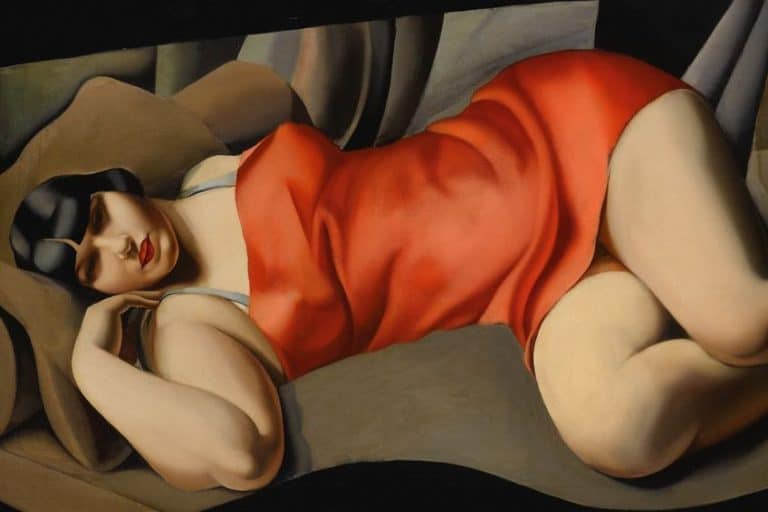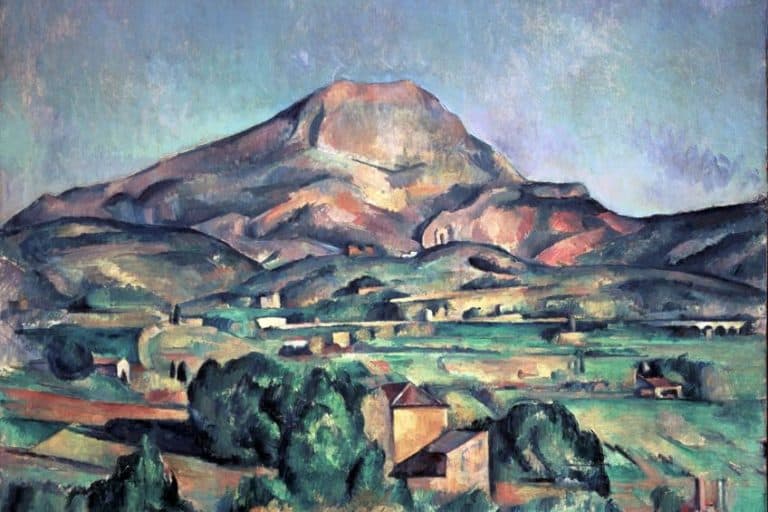“Lying Cow” by Vincent van Gogh – A Painting Analysis
Lying Cow, created by Vincent van Gogh in 1883, is a poignant example of the artist’s early explorations in capturing the rural life of the Netherlands. This oil painting on canvas depicts a tranquil pastoral scene, featuring a cow lying in a grassy meadow, embodying a sense of serene simplicity. Van Gogh’s masterful use of earthy tones and expressive brushstrokes reflects his deep admiration for nature and the agrarian lifestyle. This piece, lesser-known compared to his later works, provides a glimpse into Van Gogh’s evolving artistic style and his enduring connection to the natural world.
Key Takeaways
- Lying Cow represents Vincent van Gogh’s artistry during his early realism phase.
- The painting is a study of rural life, which was a common subject in Van Gogh’s work during his time in the Netherlands.
- This piece contributes to understanding Van Gogh’s development from being an artist focused on detail to one celebrated for his bold and emotive use of color.
Background and Historical Context
| Artist | Vincent van Gogh (1853 – 1890) |
| Date Created | 1883 |
| Medium | Oil on canvas |
| Genre | Animal painting, Realism |
| Period/Movement | Post-Impressionism |
| Dimensions (cm) | 30 x 50 |
| Series/Versions | Two versions of the work |
| Where Is It Housed? | Private collection |
| What It Is Worth | Priceless, considering its high cultural and historical value |
Vincent van Gogh, a towering figure in post-impressionist painting, created works that remain pivotal to the understanding of modern art’s evolution. Among his extensive oeuvre, Lying Cow stands out as an enriching example of his early foray into animal subjects. Believed to have been painted around 1883, this painting showcases a period of development for the artist, who was residing in The Hague in the Netherlands during the creation of this work. It reflects van Gogh’s diligent study of rural life, a theme he explored before his transition to the vibrant color palette that later defined his signature style.

Lying Cow is an oil on canvas that captures the simple, pastoral elegance of a resting bovine creature, rendered with the meticulous detail and thoughtful composition characteristic of van Gogh’s early realism phase. Though it may not be as well-known as his later works like Starry Night or Sunflowers, this painting provides critical insight into the trajectory of van Gogh’s artistic evolution and the contemplative nature of his work.
It serves as a testament to his intimate connection with the subjects he painted, which he imbued with emotional depth even in their tranquil repose.
Early Life and Influences
Vincent van Gogh was born in 1853 in the Netherlands, where he developed an early appreciation for the countryside and the peasant life that would later permeate his art. Influenced by Dutch artistic traditions and the Realism movement, Van Gogh sought to capture the essence of rural life on canvas. His use of color and bold brushwork began to surface during his stay in Drenthe, a northern province of the Netherlands, in the 1880s.
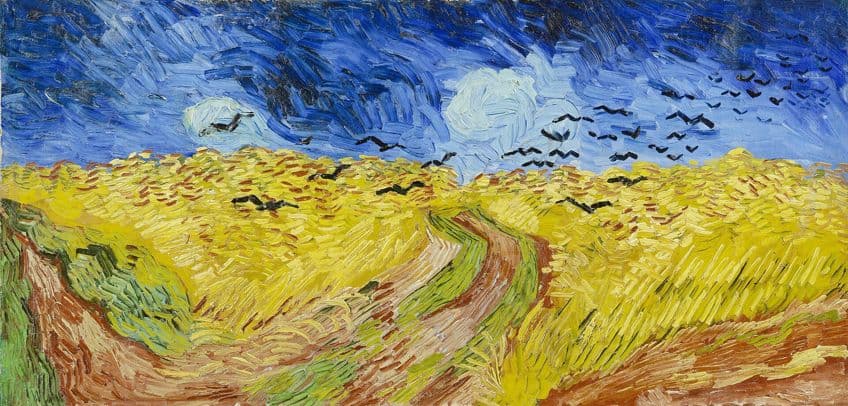
Creation of Lying Cow
The artwork, Lying Cow, was created around 1883, during a time when Van Gogh resided in the Hague. This period was characterized by his explorations with oil on canvas. Lying Cow is one of the two similar oil paintings attributed to this year, where the artist’s focus was on capturing the tranquility and simplicity of bovine life. The exact location of this piece is currently unknown.
Van Gogh’s experiences in Drenthe, a year prior to this creation, influenced the pastoral subject matter that was to become a recurrent theme in his oeuvre leading up to 1890.
Detailed Analysis of ‘Lying Cow’
This section delves into Vincent van Gogh’s Lying Cow, examining its artistic merit, evident symbolism, and technical composition.

Artistic Style and Technique
Vincent van Gogh utilized a realistic approach to portray Lying Cow, a subject he revisited in his oeuvre. His style during the creation of this piece was clearly influenced by the principles of Realism, which aimed to represent subjects truthfully without idealization.
The technique incorporated loose brushwork, yet retained a level of detail that characterized the early period of his artistic career.

Symbolism and Themes
Lying Cow exemplifies Van Gogh’s recurring interest in pastoral themes and everyday rural life. The cow, often a symbol of prosperity and calm in the bucolic landscape, is depicted in a state of rest.
This is reflecting perhaps a sense of peace or the mundane continuity of farm work.

Use of Color and Impasto
Van Gogh’s use of color in Lying Cow portrays the animal with a natural palette, befitting of its farm environment. He employed impasto techniques, applying oil paint thickly, to add texture and dimension to the piece.
This method would later become a signature aspect of his Post-Impressionist works, where color and texture were integral to conveying emotion and vibrancy.
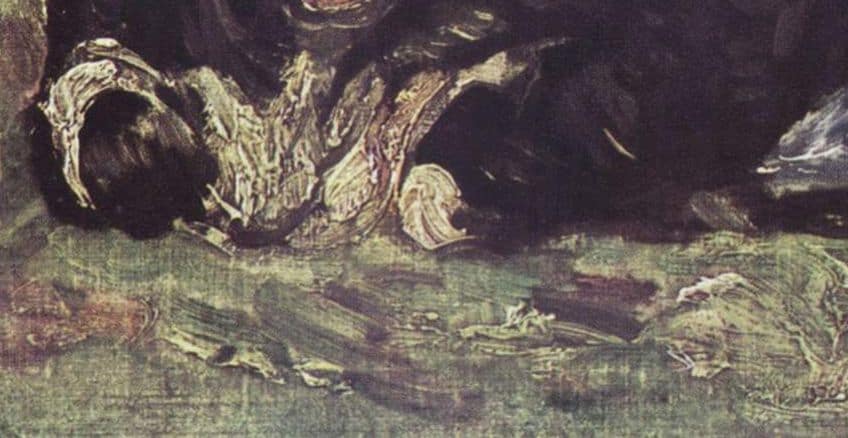
Provenance and Current Location
The Lying Cow by Vincent van Gogh has an intricate provenance and has found its way into private hands. Its current location varies as per different pieces of the series. Van Gogh’s Lying Cow series consists of several artworks created around 1883 when he resided in the Hague, Netherlands. Found in the 1970 catalog raisonné, these works were originally dated to 1882, indicating their earliest known historiography.
The exact history of ownership transfer remains undocumented in public records, but it is acknowledged that these paintings are part of private collections.
Exhibition and Display
As the paintings are owned privately, exhibition and display opportunities for the public have been scarce. Information from public sources does not detail frequent public showings. Whenever Lying Cow surfaces in a gallery or museum setting, it provides a rare glimpse into this period of Van Gogh’s artistic development. The paintings’ movements remain largely private, away from the public eye or conventional museum circuits.
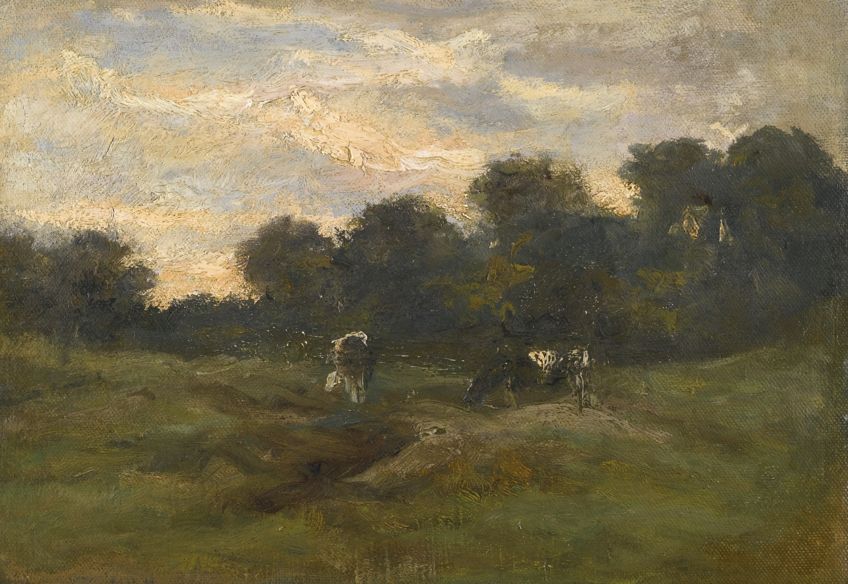
Lying Cow in Modern Culture
Vincent van Gogh’s Lying Cow has garnered attention in modern culture, with its imagery being reproduced across various forms of media and influencing contemporary artists. The works have been shared widely due to the availability of royalty-free images on platforms like Wikimedia Commons. Lying Cow has made a transition from the canvas to digital platforms, where its reproductions can be found in high-quality photos and replicas. Wikimedia Commons hosts free images of the paintings, making them accessible to a broad audience interested in art movements and Van Gogh’s oeuvre.
These images are often used in educational materials and catalogs, showcasing the painting’s significance in Van Gogh’s body of work.
Influence on Contemporary Art
Van Gogh’s Lying Cow continues to inspire modern artists, both in terms of subject matter and style. The naturalistic portrayal of farm life echoes in popular themes within contemporary art. Some artists credit the technique and emotional depth inherent in Vincent van Gogh’s pieces, including Lying Cow, as influential in their exploration of color and brushwork. The impact extends within various art circles, subtly guiding the hands of those creating today’s art.
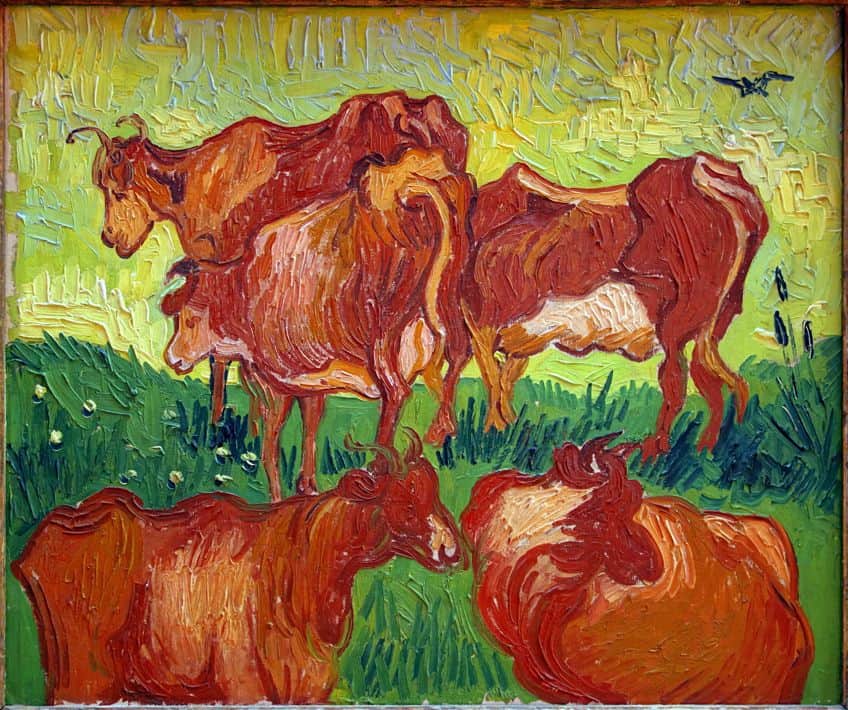
Lying Cow stands as a testament to Vincent van Gogh’s early dedication to depicting the serene beauty of rural life. This painting not only highlights his emerging talent in capturing the essence of his subjects but also offers insight into the foundational elements of his artistic journey. The tranquil scene and the artist’s sensitive use of color and texture underscore his deep appreciation for the simplicity of nature. Lying Cow may be a lesser-known work, yet it significantly contributes to understanding Van Gogh’s development as an artist and his enduring legacy in the art world.
Frequently Asked Questions
In What Period of Vincent van Gogh’s Career Did He Paint Lying Cow, and What Influenced His Style at That Time?
Vincent van Gogh painted Lying Cow around 1883 during his early period while living in the Hague. This phase of his career was heavily influenced by the realistic and naturalistic techniques that were prevalent in Dutch art at the time.
How Does the Lying Cow Compare to Other Animal Paintings by Van Gogh?
Lying Cow is similar to Van Gogh’s other animal paintings like Cows in the Meadow in its realistic portrayal and the use of earthy tones. However, each piece captures the animals in different states, reflecting the artist’s focus on the mood and emotional state of his subjects.
How Does Lying Cow Reflect Vincent van Gogh’s Personal and Artistic Development?
The painting, Lying Cow, can be seen as a reflection of Vincent van Gogh’s development as an artist who was beginning to explore the emotional expressiveness that would later define his more mature works. It showcases his initial exploration into capturing emotion through the depiction of livestock, a subject he felt connected to during his years in the Dutch countryside.
Isabella studied at the University of Cape Town in South Africa and graduated with a Bachelor of Arts majoring in English Literature & Language and Psychology. Throughout her undergraduate years, she took Art History as an additional subject and absolutely loved it. Building on from her art history knowledge that began in high school, art has always been a particular area of fascination for her. From learning about artworks previously unknown to her, or sharpening her existing understanding of specific works, the ability to continue learning within this interesting sphere excites her greatly.
Her focal points of interest in art history encompass profiling specific artists and art movements, as it is these areas where she is able to really dig deep into the rich narrative of the art world. Additionally, she particularly enjoys exploring the different artistic styles of the 20th century, as well as the important impact that female artists have had on the development of art history.
Learn more about Isabella Meyer and the Art in Context Team.
Cite this Article
Isabella, Meyer, ““Lying Cow” by Vincent van Gogh – A Painting Analysis.” Art in Context. May 21, 2024. URL: https://artincontext.org/lying-cow-by-vincent-van-gogh/
Meyer, I. (2024, 21 May). “Lying Cow” by Vincent van Gogh – A Painting Analysis. Art in Context. https://artincontext.org/lying-cow-by-vincent-van-gogh/
Meyer, Isabella. ““Lying Cow” by Vincent van Gogh – A Painting Analysis.” Art in Context, May 21, 2024. https://artincontext.org/lying-cow-by-vincent-van-gogh/.






